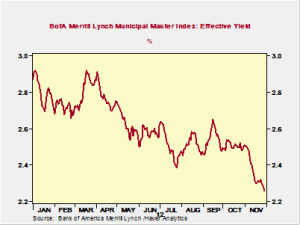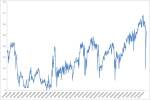I have spent quite a bit of time reading, thinking, and writing about the fiscal cliff, going into its potential risks and damage in some depth. While it’s certainly appropriate to analyze the situation, something occurred to me the other day: Could this be another Y2K?
You may remember it—the disaster that didn’t happen. Despite the predictions of nuclear power stations melting down and airliners dropping from the sky, the millennial New Year celebrations went just fine, and the world was still there the next day.






